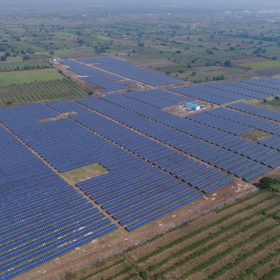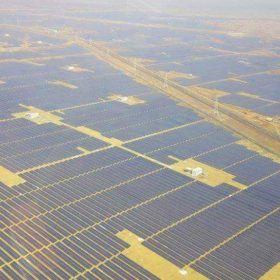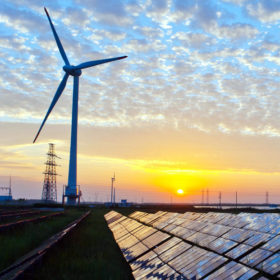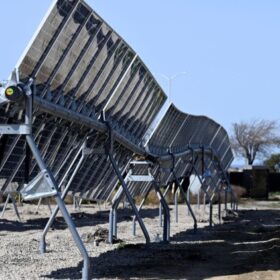Maheswari Mining & Energy secures the largest slice of 97.5 MW rooftop solar
The developer won 9 MW under RESCO mode. Other major winners include SunSource with 8 MW, Ampsolar and Varp (5 MW each), and Hero Future and HFM Solar Power (4.075 MW each).
Budget 2020: TERI’s wishlist for solar, storage and more
Increased funding under the KUSUM Scheme to create further markets in farmland solar, viability gap funding to promote installation of grid-connected battery storage, and R&D support to zero-carbon technologies for cement and steel sectors would take India ahead on the green path—says the sustainability thinktank.
Technique Solaire commissions its second photovoltaic power plant in India
The first Indian power plant, with a capacity of 5.5 MWp, was inaugurated in 2017 in the state of Uttarakhand. With the just commissioned photovoltaic power plant of 27 MWp, the developer claims to offer the lowest price of solar electricity in the Indian state of Maharashtra.
Driving India’s energy transition
India needs to look at a diverse set of flexibility options such as natural gas capacity, variable renewables themselves, energy storage, demand-side response and power grids, to ensure successful integration of wind and and solar PV, says an International Energy Agency (IEA) report.
Tata Power Solar bags 250MW solar project from NTPC
The project—valued at Rs 15,050 million—is to be set up using only domestically manufactured cells and modules. Completion period is 20 months.
Andhra Pradesh: Care Ratings puts 26 renewable developers on negative watch
Ratings may be downgraded if there is a persistent delay in resolving the tariff related dispute or any adverse revision in the tariffs by the state regulator and/or continued delays in receipt of payments from DISCOMs.
Loom Solar launches IoT based AC modules
The emerging startup has become the second Indian module manufacturer to launch AC panels integrated with Enphase microinverters, after Waaree announced its partnership with Enphase in 2007.
GAIL to fund start-ups in renewable and alternate energy space
Startups looking for an equity investment from the state-owned gas utility can submit proposals online till January 24.
Rajasthan set to take the solar crown in 2020
Norwegian analyst Rystad Energy has predicted the stop on PV tenders in Karnataka will see Rajasthan become India’s leading solar state this year. The market research firm expects India to add only 10 GW new solar in 2020, however, and the same figure in 2021.
‘India will add 14 GW of solar this year’
The annual global outlook report for solar published by IHS Markit notes there was no real uptick in the amount of new capacity added last year, compared with the returns seen in 2018. That is likely to kill any hope India has of overtaking the U.S. as the world’s second biggest solar market in 2020.













